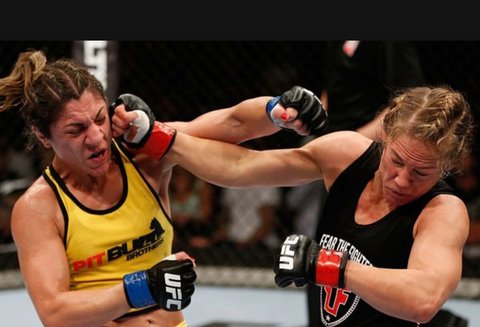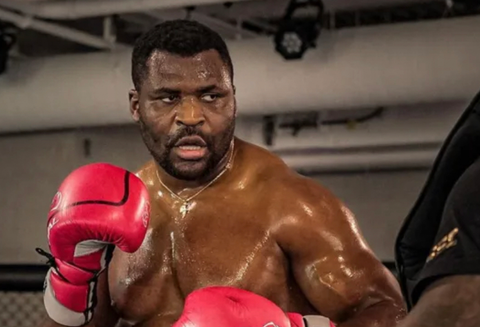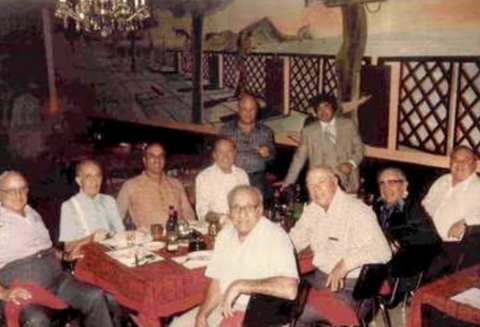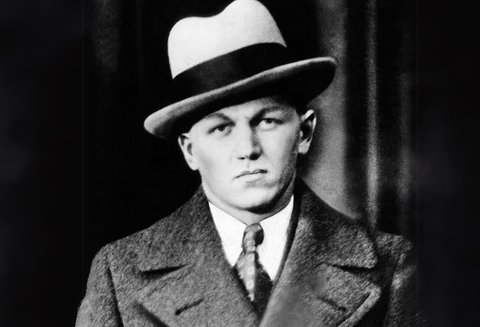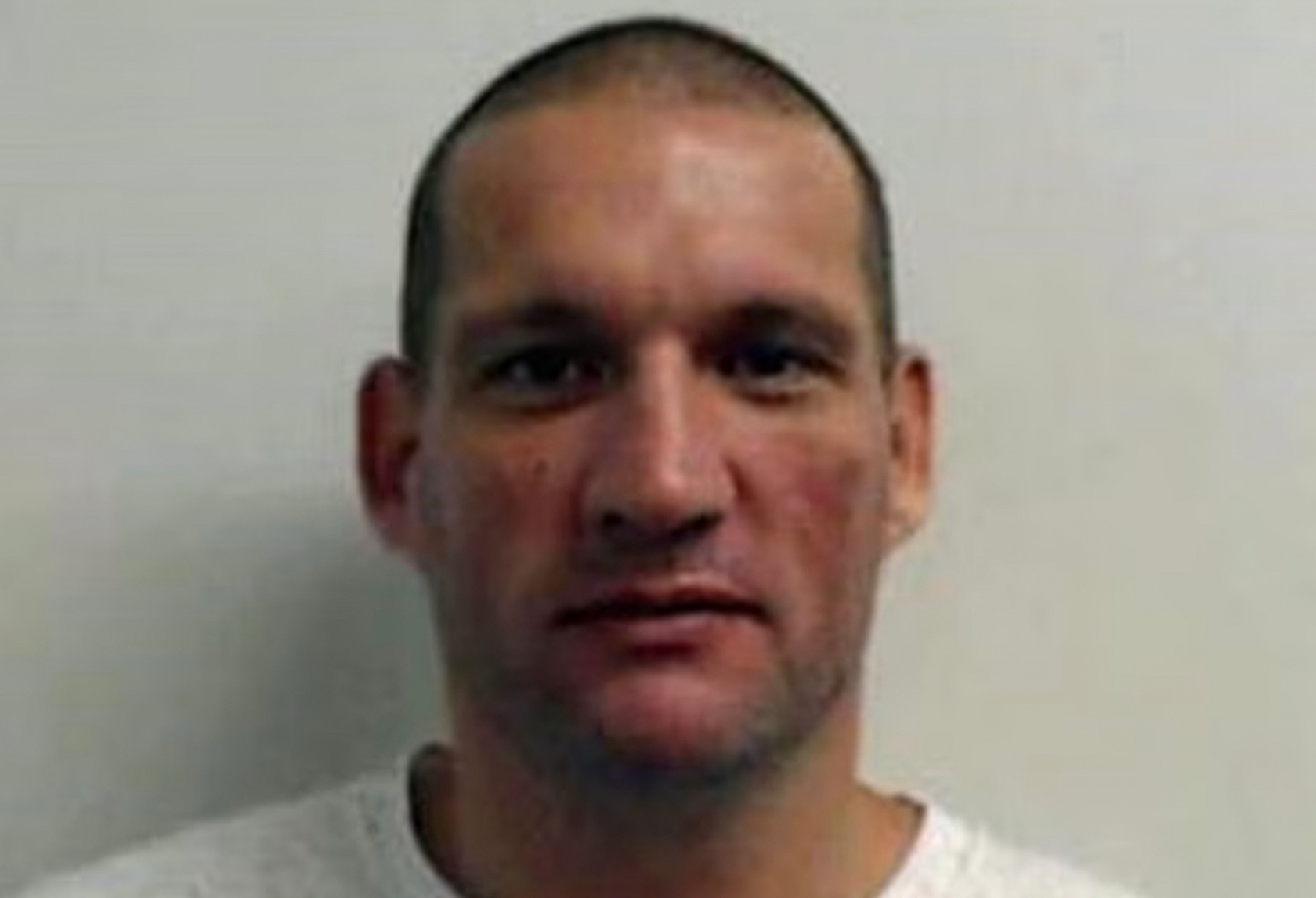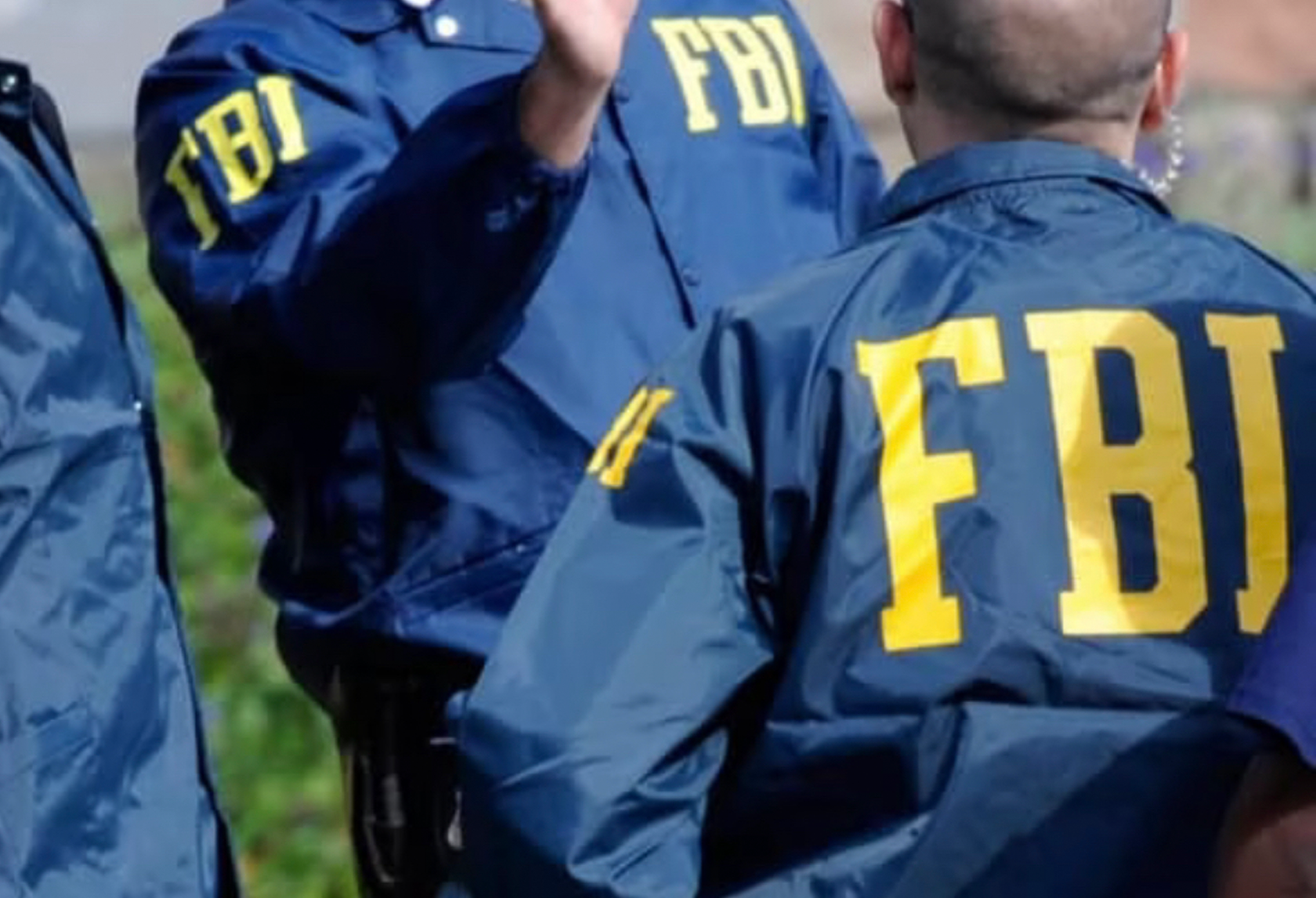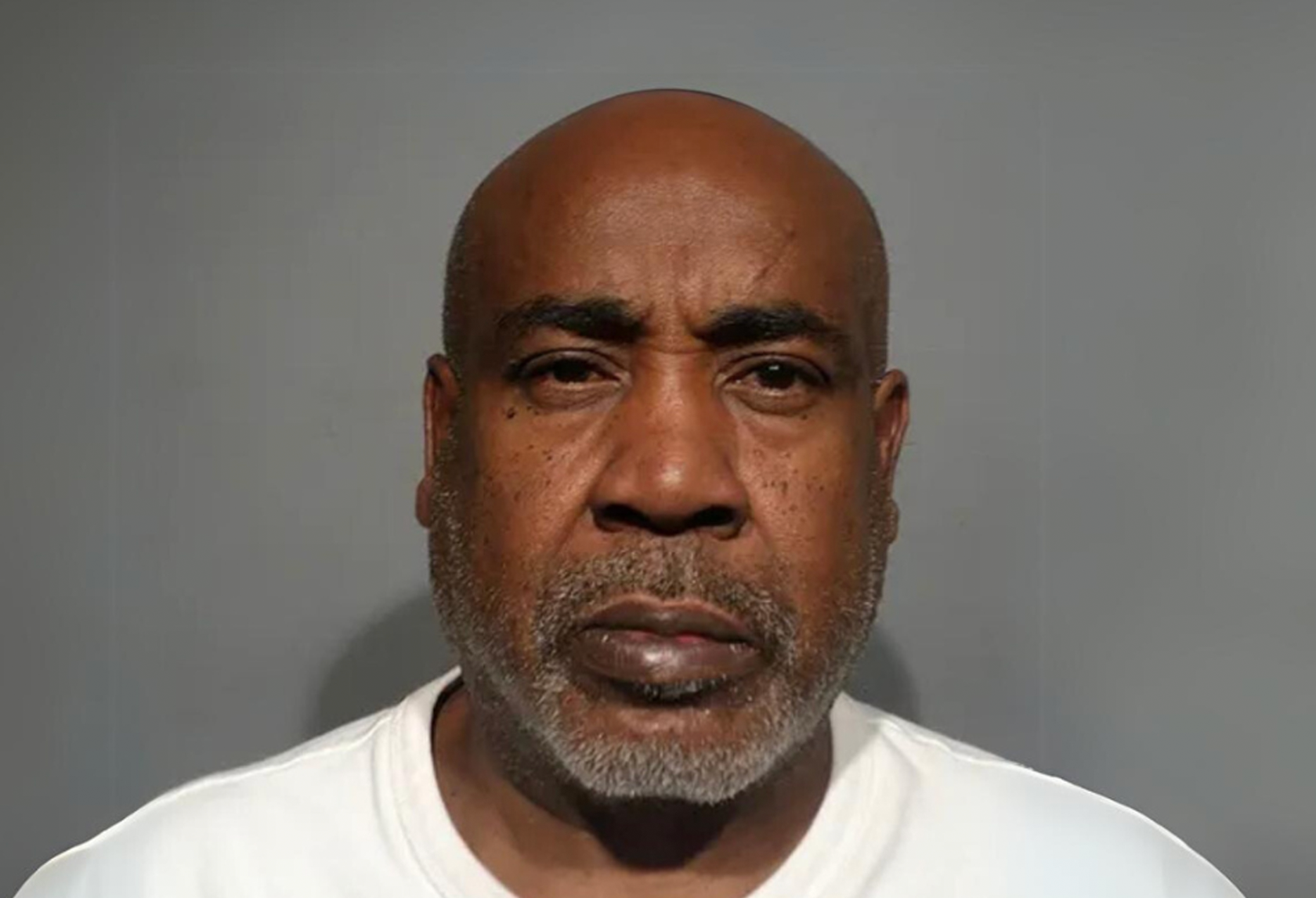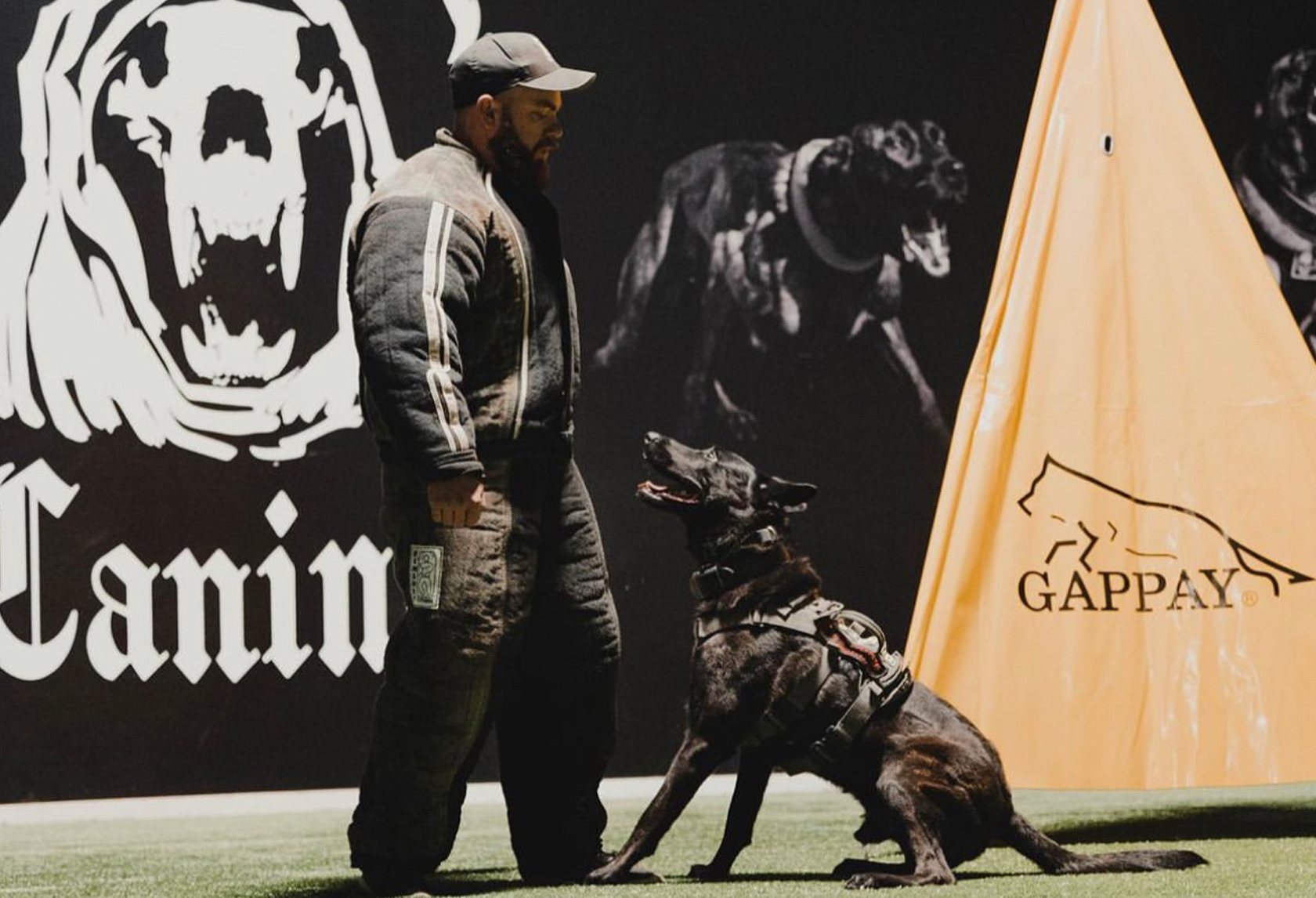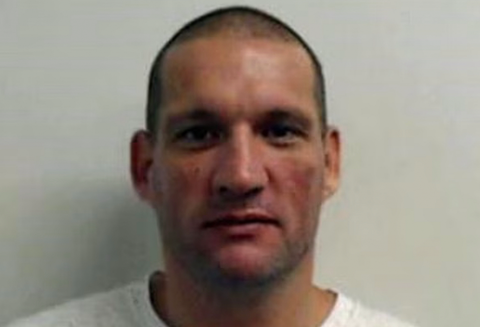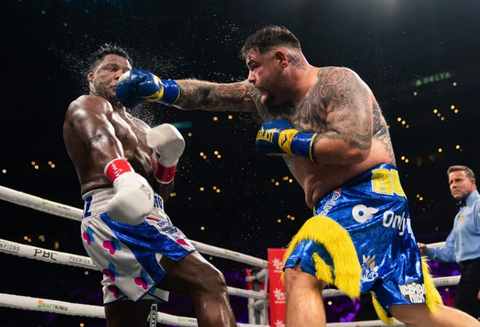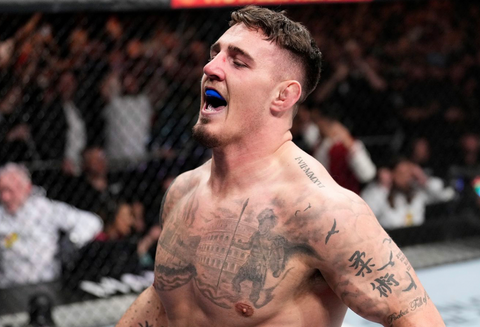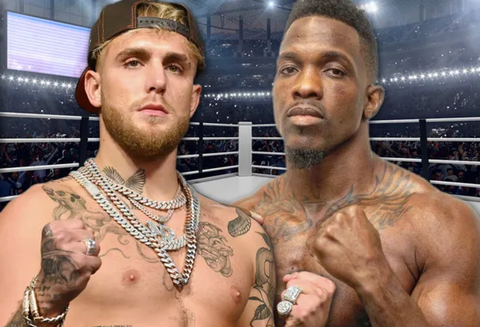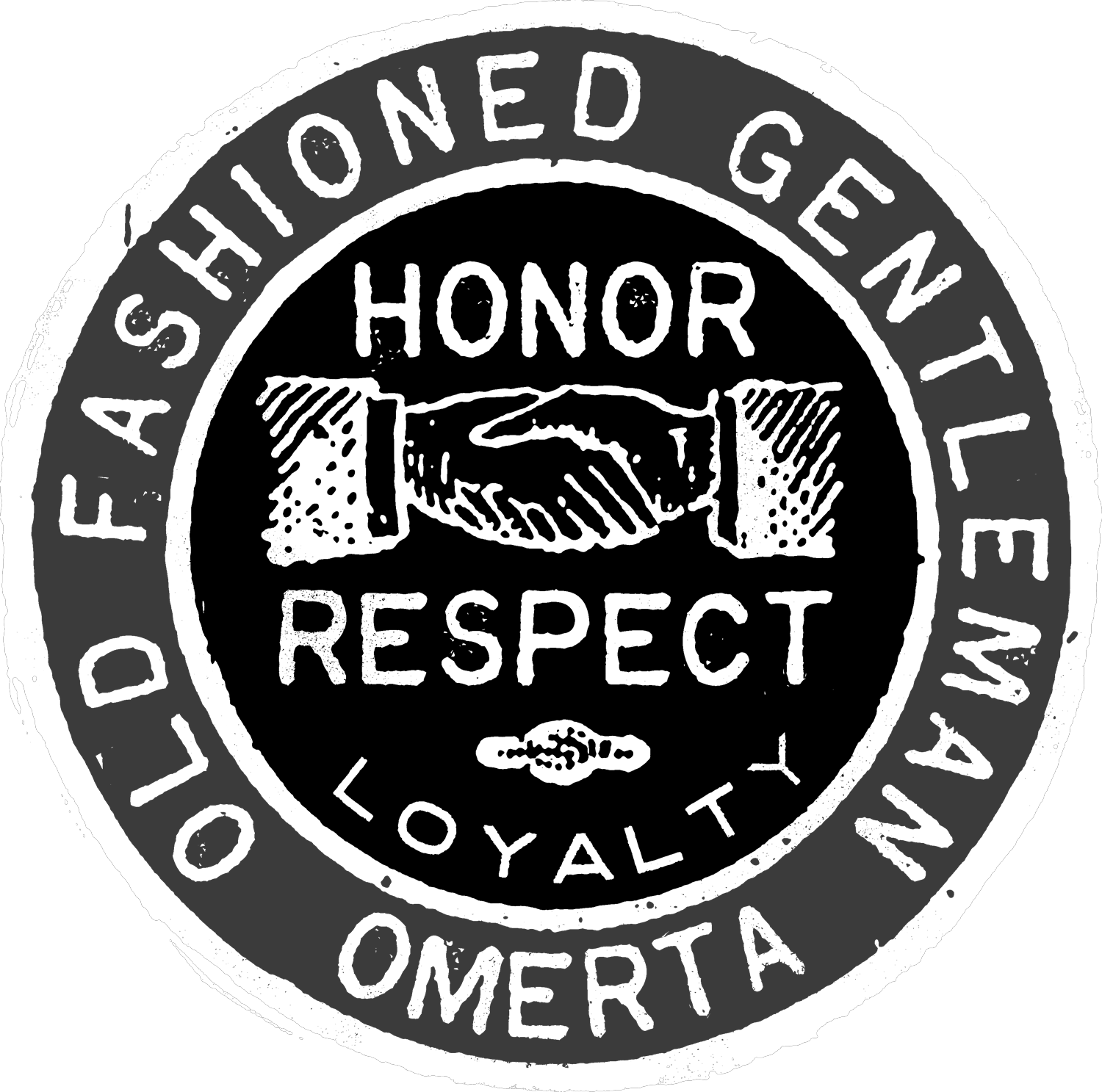Top Stories

FEATURED ITEM

In the history of biker culture, one conflict stands out as a pinnacle moment: the First Biker War. This clash between two notorious motorcycle gangs, the Hells Angels and the Outlaws, took place during the 1970s and left an indelible mark on the biker world. Let's delve deeper into this gripping tale of rivalry, violence, and its lasting impact.
The origins of the First Biker War can be traced back to the 1940s when both the Hells Angels and the Outlaws were established. These groups quickly gained notoriety for their rebellious nature, distinctive leather attire, and a fierce loyalty to their respective brotherhoods. Over the years, tensions simmered between the two gangs as they vied for dominance in the fiercely competitive world of outlaw motorcycle clubs.
It was the 1970s that saw these tensions escalate into an all-out war. Fueling the fire were territorial disputes, personal vendettas, and a quest for power. The conflict grew so intense that it attracted the attention of law enforcement agencies, media, and the public, who were both fascinated and concerned by the escalating violence.
The war reached its peak in 1974 when a series of violent incidents erupted between the Hells Angels and the Outlaws. These clashes spanned across various cities, including Cleveland, Ohio; Fort Lauderdale, Florida; and other locations where both gangs had established strongholds. The battles were characterized by brutal beatings, stabbings, and shootings, resulting in numerous injuries and fatalities.
Law enforcement agencies struggled to contain the chaos, as both the Hells Angels and the Outlaws displayed a formidable ability to evade capture and maintain their secretive operations. This made it challenging for authorities to bring those responsible for the violence to justice. The media frenzy surrounding the First Biker War only served to further elevate the notoriety of these outlaw motorcycle clubs.
The consequences of the First Biker War were far-reaching. It marked a turning point in the perception of motorcycle gangs as mere counter-cultural groups, shifting public sentiment towards viewing them as criminal organizations. This newfound scrutiny led to increased law enforcement efforts to dismantle these groups and combat their illegal activities, leaving a lasting impact on the biker community as a whole.
Despite the relentless violence and the fallout from the First Biker War, both the Hells Angels and the Outlaws managed to survive and continue their existence to this day. However, the conflict forever altered the landscape of outlaw motorcycle clubs, forcing them to adapt their strategies and operate with increased secrecy.
In conclusion, the First Biker War remains a significant chapter in the history of biker culture. It serves as a stark reminder of the violent clashes between rival gangs, the subsequent public fascination, and the increased scrutiny from law enforcement. The legacy of this conflict continues to shape the perception of motorcycle clubs and their place within society. As the biker world evolves, it is essential to remember the lessons learned from the First Biker War to ensure a safer and more harmonious future for all involved.
In the history of biker culture, one conflict stands out as a pinnacle moment: the First Biker War. This clash between two notorious motorcycle gangs, the Hells Angels and the Outlaws, took place during the 1970s and left an indelible mark on the biker world. Let's delve deeper into this gripping tale of rivalry, violence, and its lasting impact.
The origins of the First Biker War can be traced back to the 1940s when both the Hells Angels and the Outlaws were established. These groups quickly gained notoriety for their rebellious nature, distinctive leather attire, and a fierce loyalty to their respective brotherhoods. Over the years, tensions simmered between the two gangs as they vied for dominance in the fiercely competitive world of outlaw motorcycle clubs.
It was the 1970s that saw these tensions escalate into an all-out war. Fueling the fire were territorial disputes, personal vendettas, and a quest for power. The conflict grew so intense that it attracted the attention of law enforcement agencies, media, and the public, who were both fascinated and concerned by the escalating violence.
The war reached its peak in 1974 when a series of violent incidents erupted between the Hells Angels and the Outlaws. These clashes spanned across various cities, including Cleveland, Ohio; Fort Lauderdale, Florida; and other locations where both gangs had established strongholds. The battles were characterized by brutal beatings, stabbings, and shootings, resulting in numerous injuries and fatalities.
Law enforcement agencies struggled to contain the chaos, as both the Hells Angels and the Outlaws displayed a formidable ability to evade capture and maintain their secretive operations. This made it challenging for authorities to bring those responsible for the violence to justice. The media frenzy surrounding the First Biker War only served to further elevate the notoriety of these outlaw motorcycle clubs.
The consequences of the First Biker War were far-reaching. It marked a turning point in the perception of motorcycle gangs as mere counter-cultural groups, shifting public sentiment towards viewing them as criminal organizations. This newfound scrutiny led to increased law enforcement efforts to dismantle these groups and combat their illegal activities, leaving a lasting impact on the biker community as a whole.
Despite the relentless violence and the fallout from the First Biker War, both the Hells Angels and the Outlaws managed to survive and continue their existence to this day. However, the conflict forever altered the landscape of outlaw motorcycle clubs, forcing them to adapt their strategies and operate with increased secrecy.
In conclusion, the First Biker War remains a significant chapter in the history of biker culture. It serves as a stark reminder of the violent clashes between rival gangs, the subsequent public fascination, and the increased scrutiny from law enforcement. The legacy of this conflict continues to shape the perception of motorcycle clubs and their place within society. As the biker world evolves, it is essential to remember the lessons learned from the First Biker War to ensure a safer and more harmonious future for all involved.
Related Articles

The Audacity of Valerio Viccei: A Million-Dollar Heist and a Fall from Grace
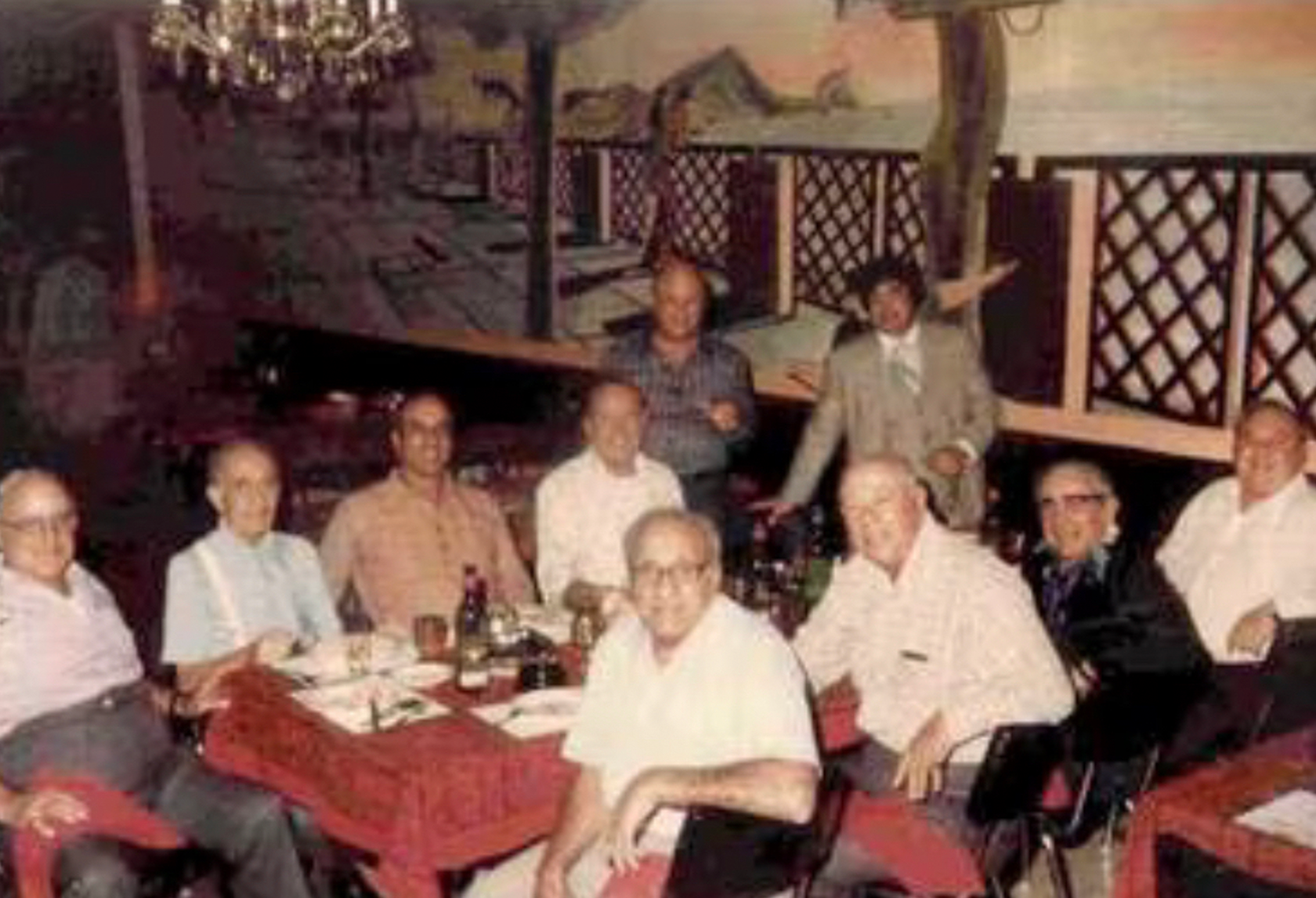
The Legacy of Joey 'the Clown' Lombardo: Unmasking a Notorious Chicago Mobster

Infamous Infancy: The Rise and Fall of Baby Face Nelson

The Helicopter Heist: Redoine Faid's Daring Prison Escape Shakes the World
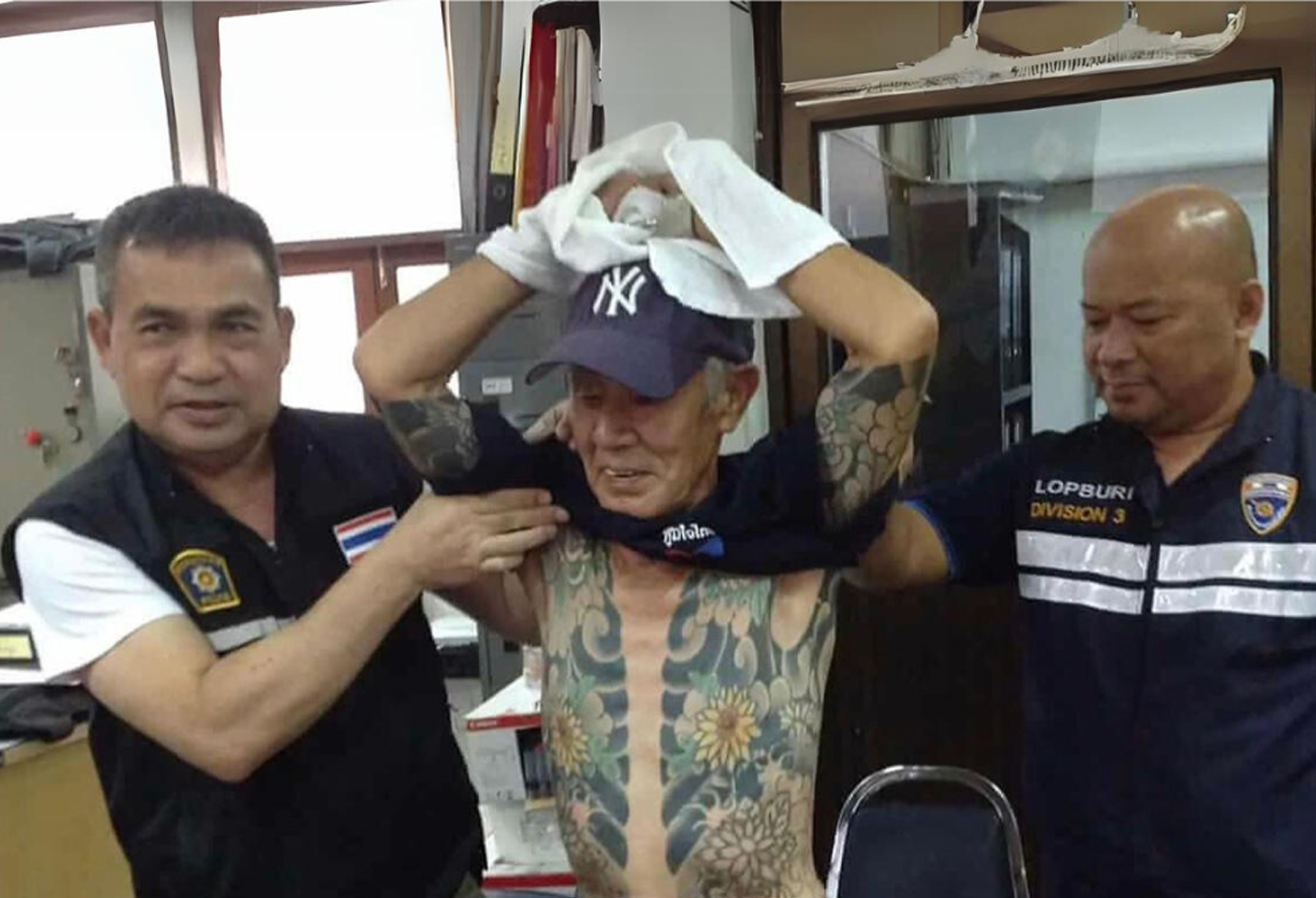
Caught in the Ink: How Social Media Exposed a Yakuza Boss in Thailand
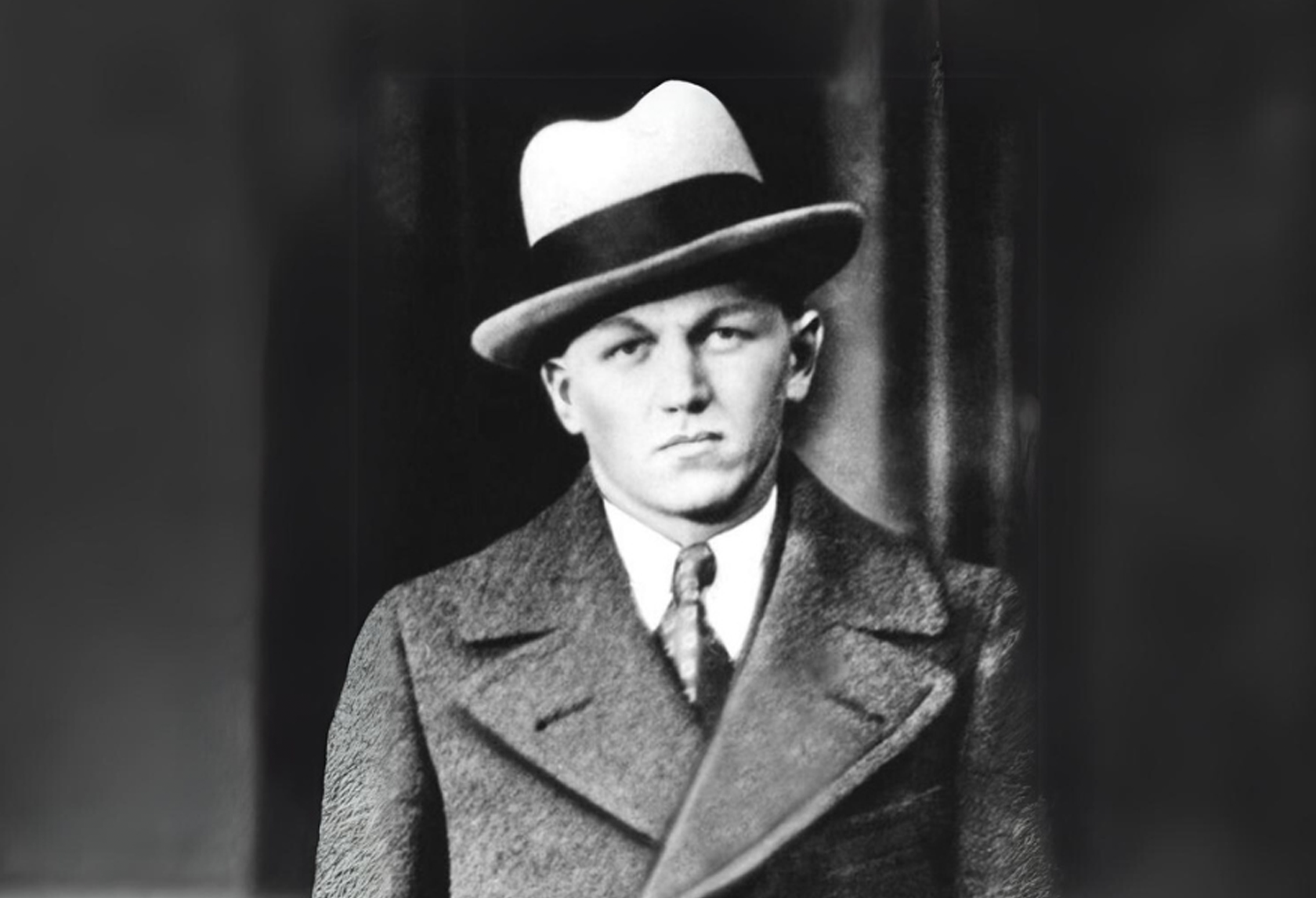
Notorious Reign: The Ruthless Legacy of Baby Face Nelson
Newest Releases
SHOP THE COMPLETE OMERTA STOREFEATURED ITEM
MOST POPULAR
ADVERTISMENT



